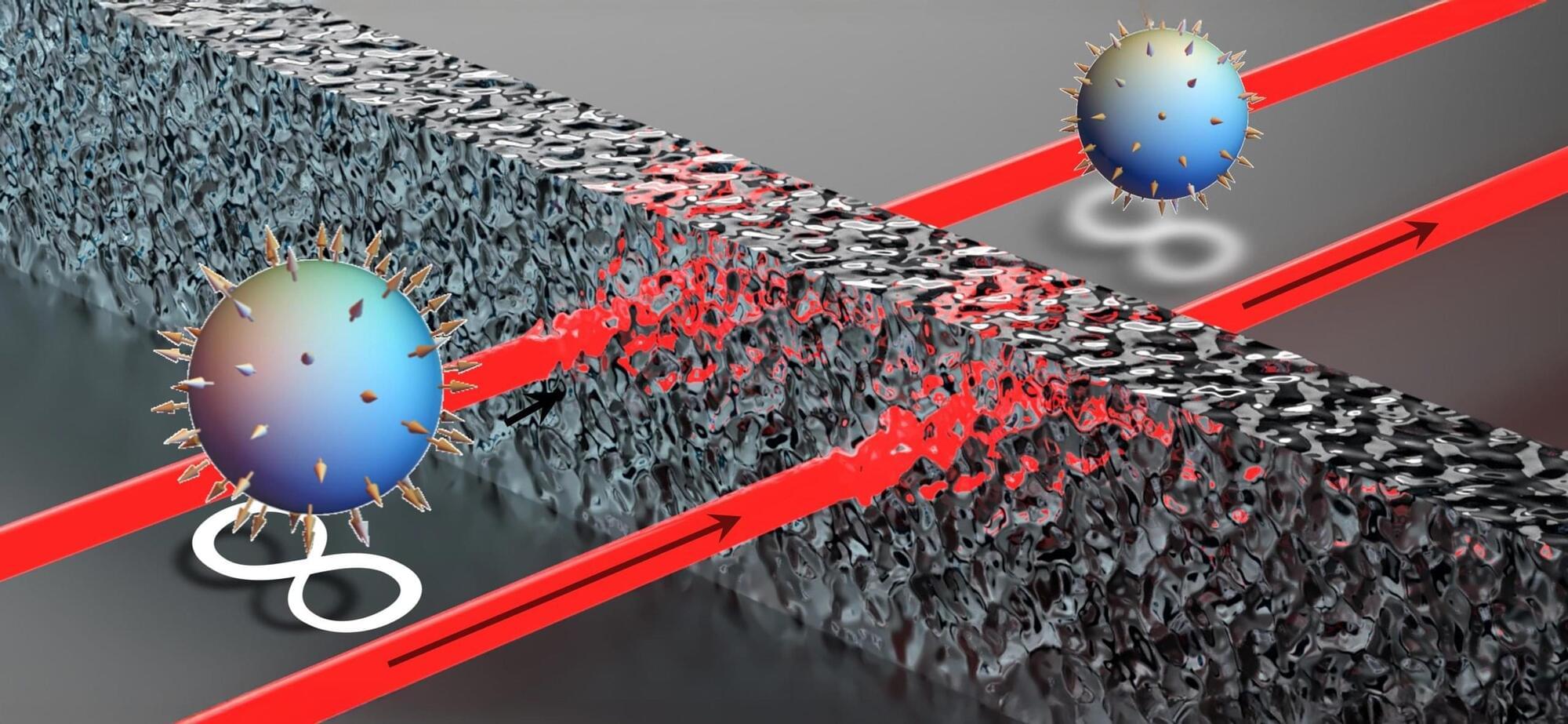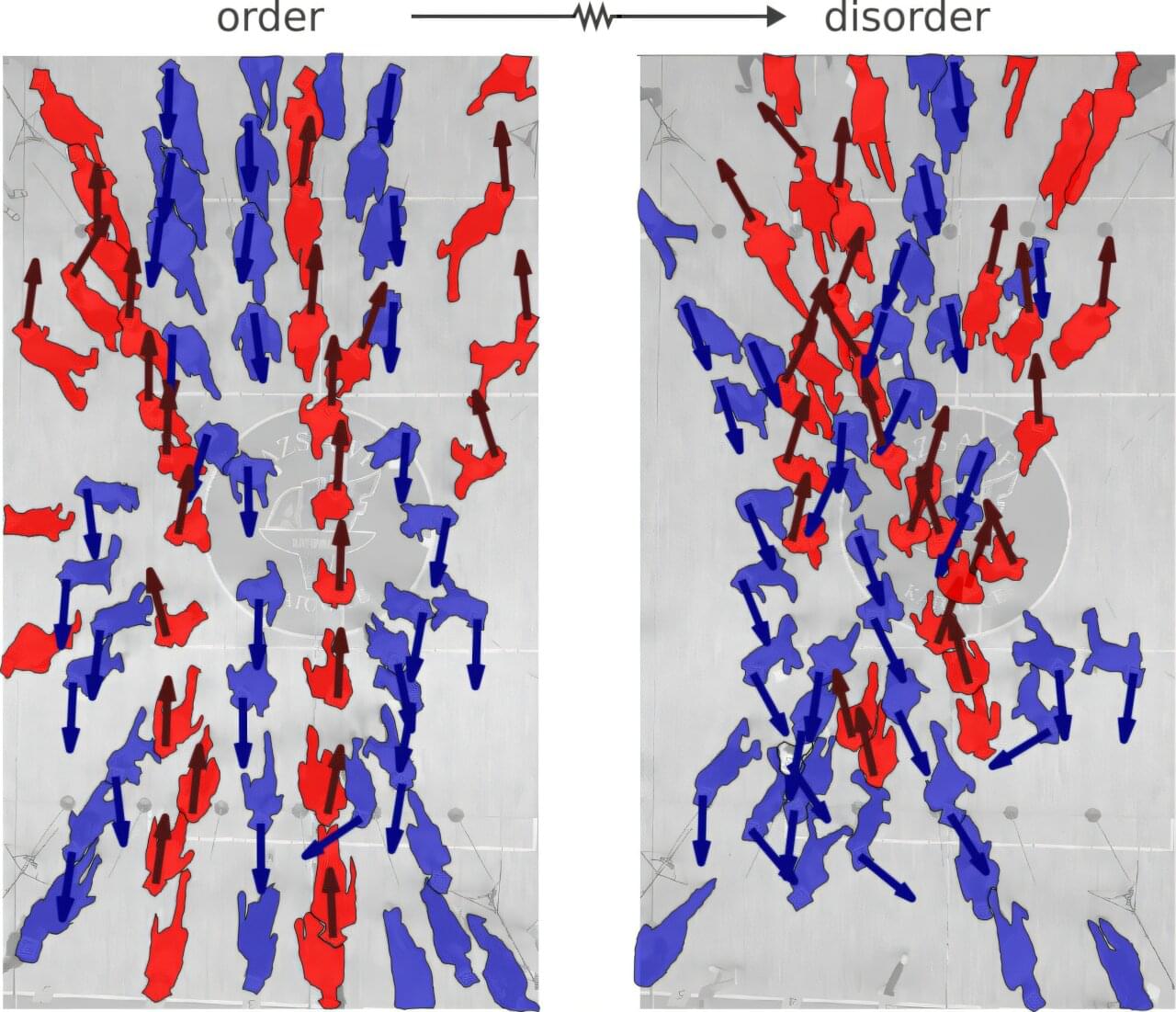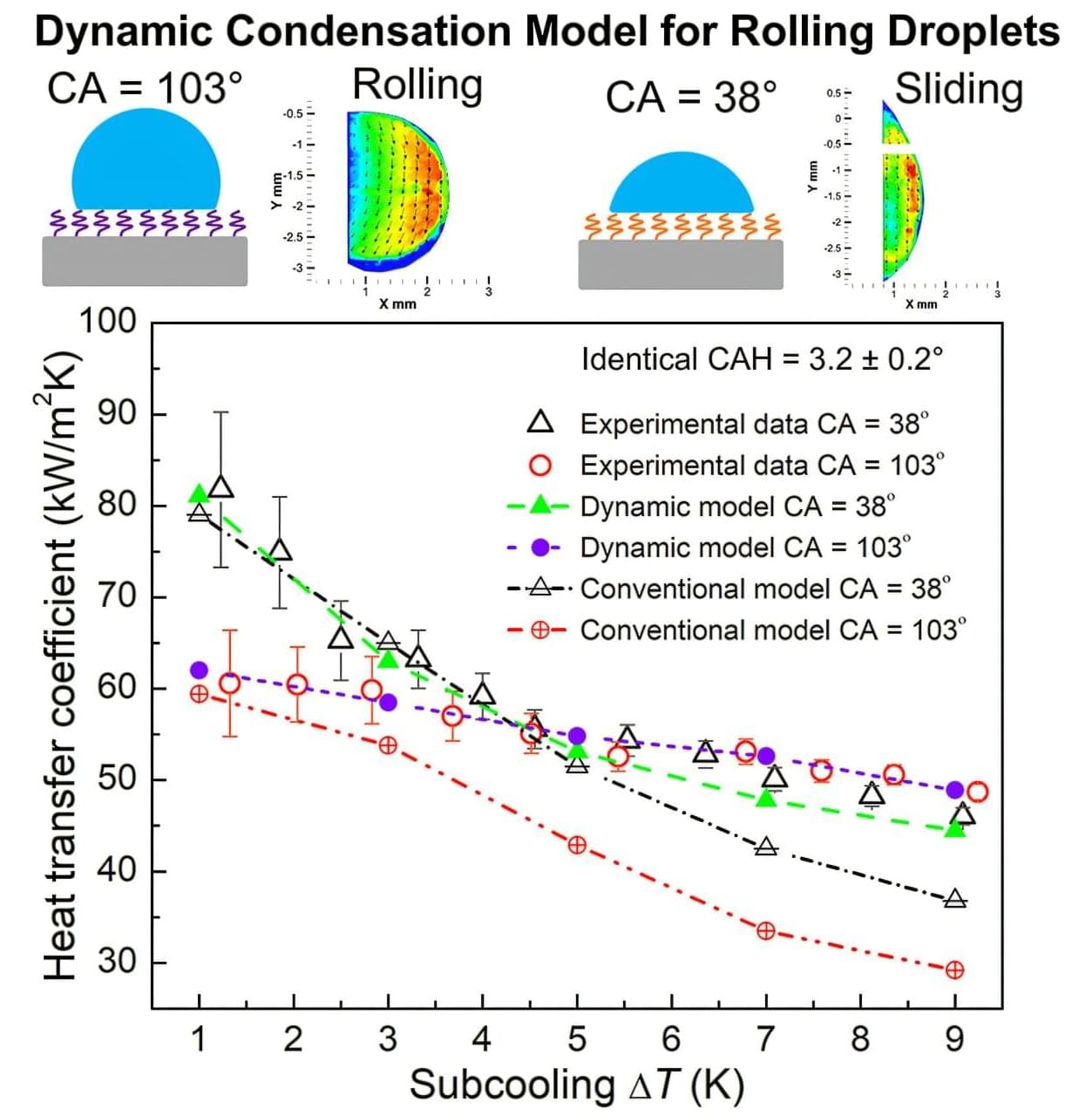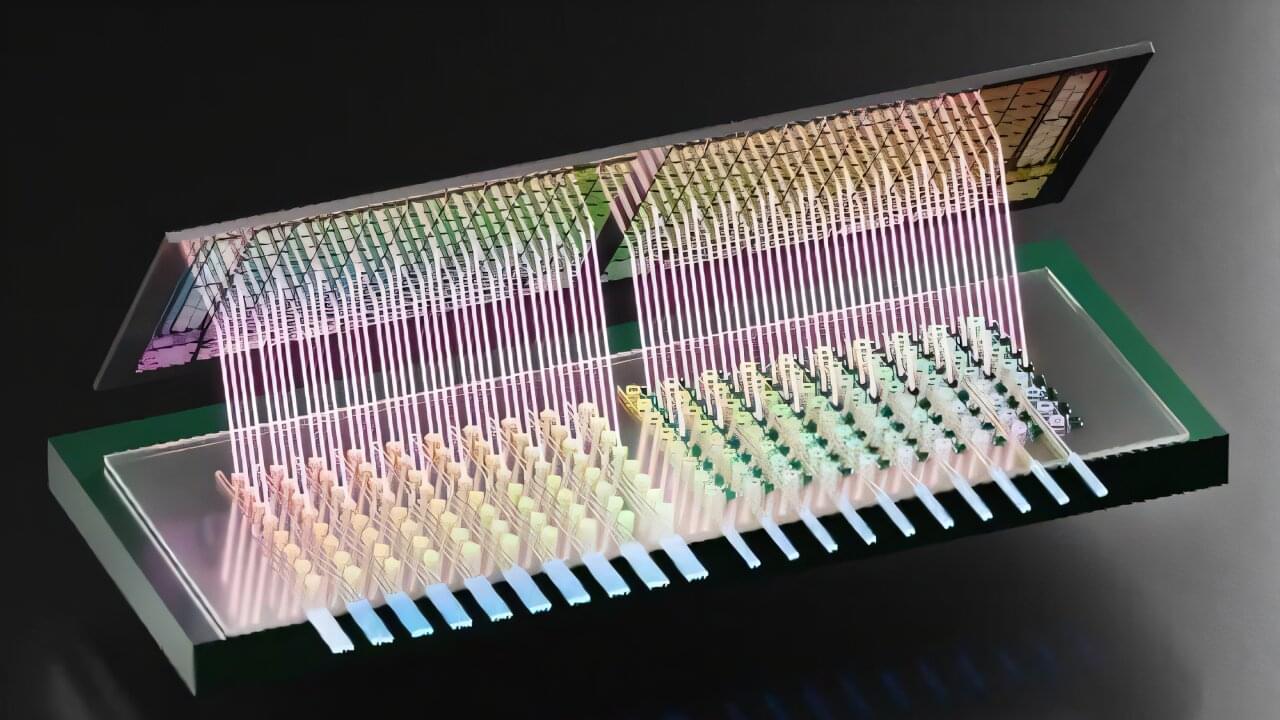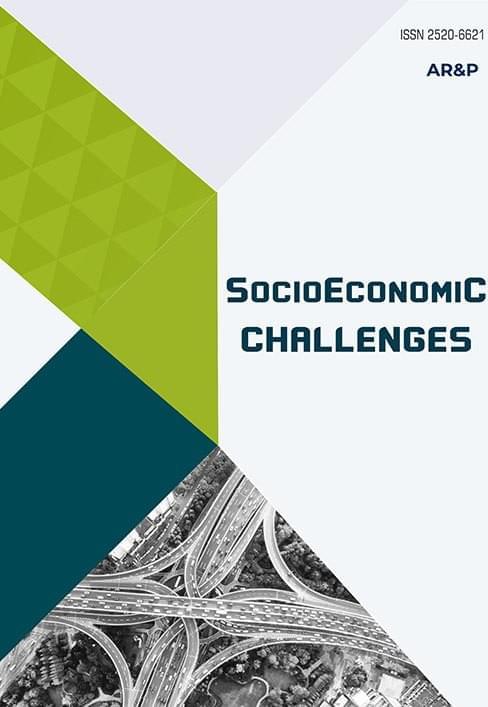Adeno-associated virus (AAV) is a prominent method for delivering genes in vivo. Therapeutic delivery to target cells is achieved through full capsids containing the gene cargo. However, the presence of empty capsids in the AAV drug product can reduce therapeutic effectiveness, necessitating their detection at various stages of the AAV production process. Traditional methods for assessing the AAV empty/full (E/F) ratio are often slow, labor-intensive, and require significant optimization.
Consider a novel, rapid, and high-throughput approach for determining the AAV E/F ratio using Octet® Biolayer Interferometry (BLI) alongside Octet® AAVX Biosensors. This cutting-edge technique evaluates intact viral capsids and is perfect for screening both crude and purified samples, offering a quicker and more efficient workflow with results available in as little as 30 minutes.
Discover the advantages of this innovative method and enhance your AAV workflow by downloading the technical note.

